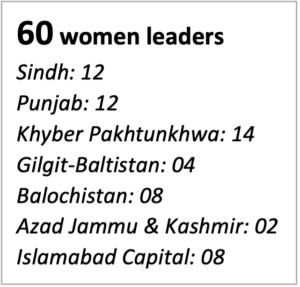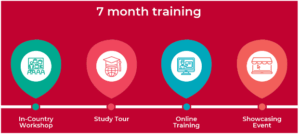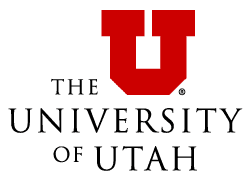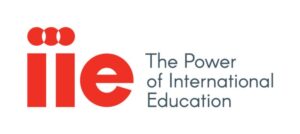
https://www.un.org/en/observances/womens-day | https://www.internationalwomensday.com/
DigitALL: Innovation and technology for gender equality
#EmbraceEquity #IWD2023
14 March 2023 | Islamabad
WOMEN LEADERSHIP IN HIGHER EDUCATION
 In general, the number of women associated with education sector and the number of women in leadership positions is gradually rising in Pakistan. Several women-only universities have opened, a few led by women Vice Chancellors. However, there remains a gender equality gap in the leadership positions. HESSA women leadership program is a customized extended training platform for Pakistan’s higher education sector that aims to address this gap and equip women in higher education with necessary leadership skills to help them navigate their careers. The seven-month program consists of four distinct but interrelated phases to build a pipeline of women leaders at all levels including pro-rectors, deans, department chairs, heads of student services and faculty members:
In general, the number of women associated with education sector and the number of women in leadership positions is gradually rising in Pakistan. Several women-only universities have opened, a few led by women Vice Chancellors. However, there remains a gender equality gap in the leadership positions. HESSA women leadership program is a customized extended training platform for Pakistan’s higher education sector that aims to address this gap and equip women in higher education with necessary leadership skills to help them navigate their careers. The seven-month program consists of four distinct but interrelated phases to build a pipeline of women leaders at all levels including pro-rectors, deans, department chairs, heads of student services and faculty members:
 In-country opening workshop
In-country opening workshop- Exchange visit to U.S.
- Online course with weekly assignments and monthly meetings with mentors
- In-country closing workshop and showcasing event
Equity, diversity and inclusion (EDI) is a key pillar of HESSA’s implementation strategy, which guides our approach to capacity development as a cross-cutting suite of interventions and a cohesive framework for guiding project planning. This mainstreaming of EDI ensures that it is not treated as a separate activity but rather a lens through which to view all HESSA interventions. Out of the 16 partner universities, 4 are women-only universities.
WEBINAR IWD2023

Video Highlights

![]()

This program is made possible by the support of the United States Government and the American people through the United States Agency for International Development (USAID). The contents are the sole responsibility of the University of Utah and do not necessarily reflect the views of USAID or the U.S. Government.
